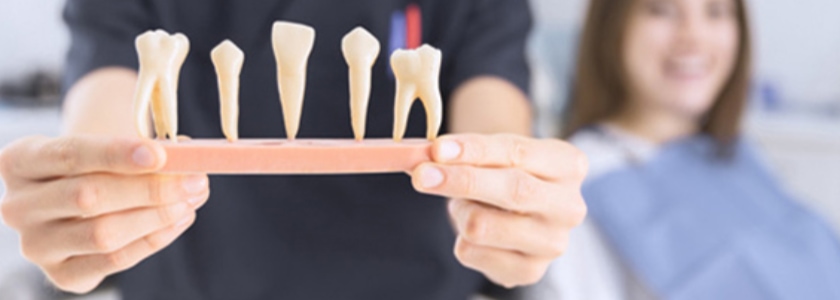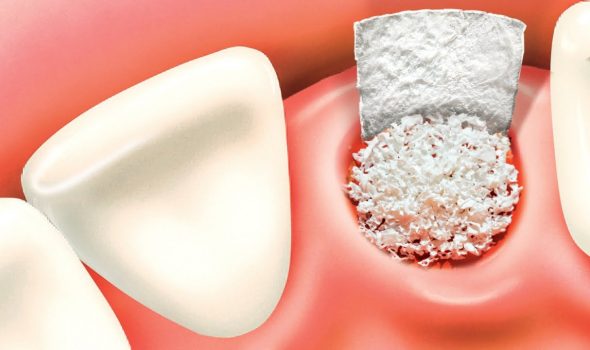
Bone Grafting For Dental Implants
If you are a dental patient who might be getting dental implants, it is important to keep in mind that it is fairly normal to be told during a consultation that bone grafting procedures for dental implants surgery might be necessary. It is also normal for you to be scared. After all, bone grafting just sounds scary.
Fortunately, this is not a procedure you need to be afraid of. It is a regular dental routine that is both painless and predictable.
Do You Always Need a Bone Graft For Dental Implants?
When a person with good general health loses a tooth due to periodontal disease, injury, or another infection, a dental implant is an excellent, safe, and long-term solution. A dental implant is an artificial tooth root that a Board Certified Specialist in Periodontology and Dental Implant Surgery inserts into the jaw in order to hold a replacement tooth or bridge in place. Implants feel and look natural, and once the process is complete, they function exactly like natural teeth. Implants can also assist in saving other teeth, because they don’t rely on neighboring teeth for support. Bone grafting may be a necessary part of the process when it comes to inserting a dental implant.
we can use allograft material to implement bone grafting for dental implants. This bone is prepared from cadavers and used to promote the patient’s own bone to grow into the repair site. It is quite effective and very safe. Synthetic materials can also be used to stimulate bone formation.
These surgeries are performed in our surgical procedures under IV sedation or general anesthesia. After discharge, bed rest is recommended for one day and limited physical activity for one week.
Dental Implant
Emergency Care
Teeth cleaning
Types Of Bone Grafts:
Autograft: If you are already familiar with the concept of bone grafting, an autograft is probably what you’re thinking of: taking bone from one site in your body and moving it to another. This is the only type of bone graft that involves creating two surgical sites: the one from which the bone is harvested and the one where it is deposited.
Allograft: This refers to laboratory-processed human bone from a deceased donor that comes from a tissue bank.
Xenograft: This bone grafting material comes from an animal — usually a cow.
Alloplast: This type of graft uses synthetic (man-made) materials
Process Bone Loss And Dental Implants
This treatment uses small titanium posts, which are surgically implanted into your jawbone, to provide support for your dental restorations. The success of your dental implants relies significantly on the fusion of your jawbone to the posts. Without enough bone mass, this fusion might not occur properly, or at all.

Dental implants have a very high rate of success. Much of this success hinges on the integrity of your jawbone. As you heal, your jawbone gradually fuses to the posts, stabilizing them within your jaw. However, if you do not have enough mass remaining in your jaw, the bone may not be able to fuse properly, or at all, to the posts. This can lead to loose posts and unstable implants, as well as implant failure.
Bone Grafts And Gum Disease
During periodontal surgery the periodontist may need to place a bone graft to help regenerate lost tooth bone to support. During the procedure the periodontist folds back part of the gum and cleans out any infected gum tissue, bacteria covered calculus and rough tooth surfaces that can make gum disease worse. Then bone graft material is placed, which works with the body to help build new bone. Bone grafts can repair damage from gum disease and may boost the chances of keeping your teeth.
When tooth loss has already occurred, a metal post can be inserted into the jawbone to act as an artificial tooth root. This requires strong and ample bone to form a stable base. If there is not enough bone is present a bone graft is needed before you can get an implant. In bone grafting, a piece of bone is removed from another part of your jaw or your body, such as your hip, and transplanted to your jawbone. Frequently, commercially available artificial bone is also used. It will take several months for the transplanted bone to be ready for a dental implant. New bone growth will eventually replace the graft material. Sometimes you may need only minor bone grafting which can be done at the same time as the implant placement surgery.


